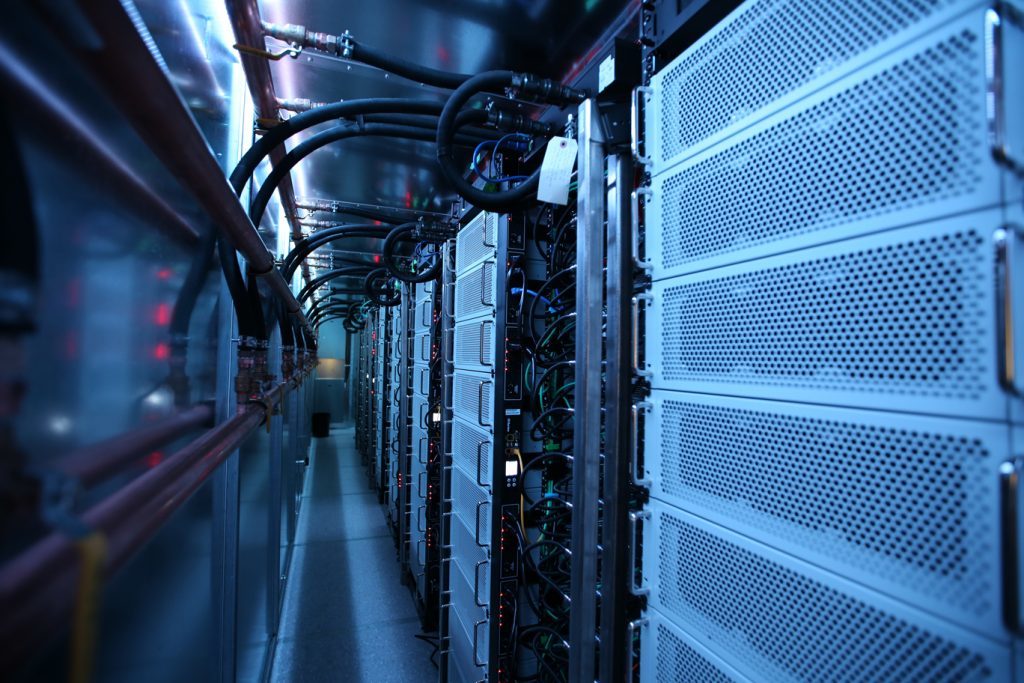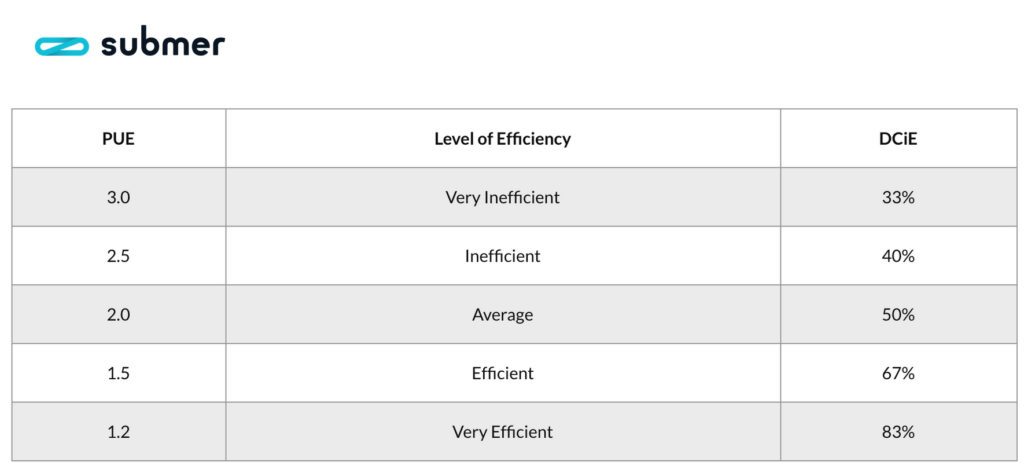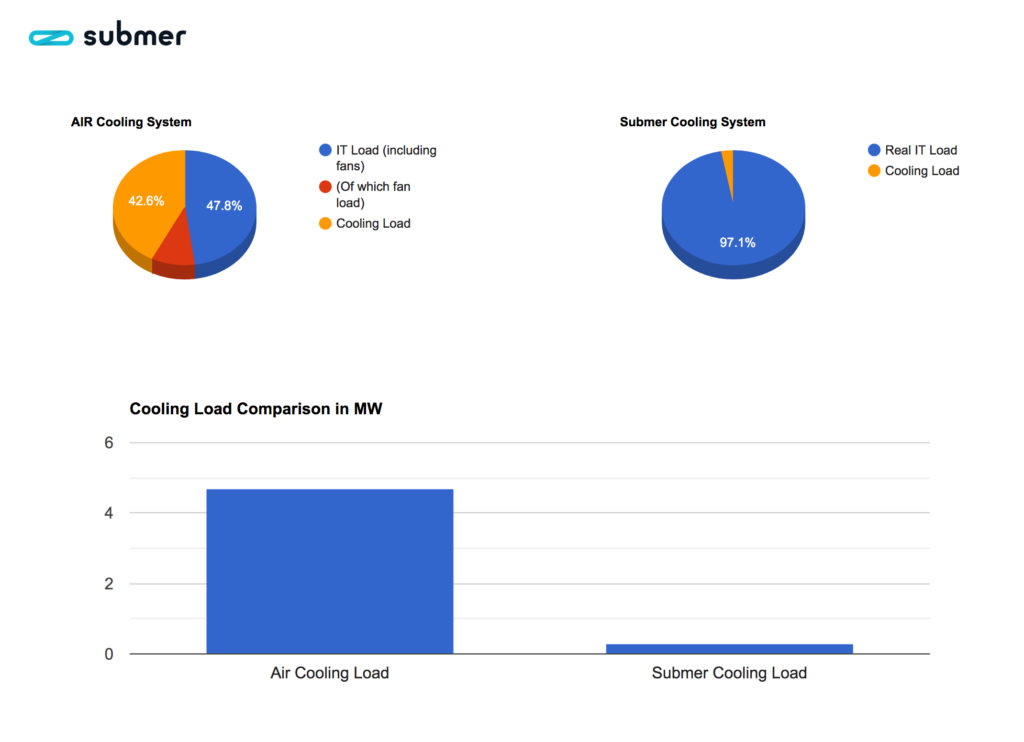While the quantity of data collected by sensors and IoT devices increases, as well as the computing power required by AI and machine learning applications, the energy consumption of data centers is becoming more and more a very hot topic.
Hot as it’s in fact the amount of waste heat produced by servers and IT equipments in their operations, so that cooling systems in data centers are a crucial asset to ensure the efficiency and reliability of a data center. There are some methods of calculating energy efficiency in data centers, the most popular being the PUE metric – Power Usage Effectiveness -, as described by Matteo Mezzanotte in this very interesting Submer blog’s article. The PUE was introduced by the Green Grid, a non profit consortium of IT professionals aimed to improve energy efficiency and lower the environmental impact of data centers.
The PUE is obtained as the ratio of the total amount of energy used by a data center facility, including utilities such as cooling, lighting and energy losses by UPSs, to the energy actually delivered to computing equipment. Green Grid also introduced its reciprocal measurement, the DCIE – Data center infrastructure efficiency, defined as the ratio of total amount of energy consumed by the IT equipment to the overall energy consumption of a data center.
An ideal PUE is 1.0, with all the power consumed by the IT devices. According to Green Grid, the average PUE value of data centers around the world is 1.8, meaning that about the 45% of all the energy consumed by a data center is employed for non-computing purposes.
Submer also created a SmartPUE, a useful tool to evaluate a data center efficiency by calculating its actual PUE. We also re-launch a suggestion made by Submer to the Green Grid to include the positive effect of the recovery and re-use of waste heat to the PUE and DCIE equations, as well as focusing the benefits of the adoption of immersion cooling systems in data centers. Cooling servers by placing them into dielectric baths, a kind of application we also develop in Tempco with TCOIL immersion cooling systems, allows indeed to achieve several benefits, above all an important reduction of energy consumption when compared to air cooling solutions, a more stable and constant thermal environment and, last but not least, physical space saving which allows to increase IT hardware and computing density, achieving better PUE values.
Immersion cooling of servers also brings a lot more benefits, as this other very much interesting article on the submer blog explains. We would also like to add that immersion cooling allows to employ fluids at a less low temperature compared to air cooling solutions in data center. That’s a very interesting topic, which we’ll gladly approach more in depth very soon.



